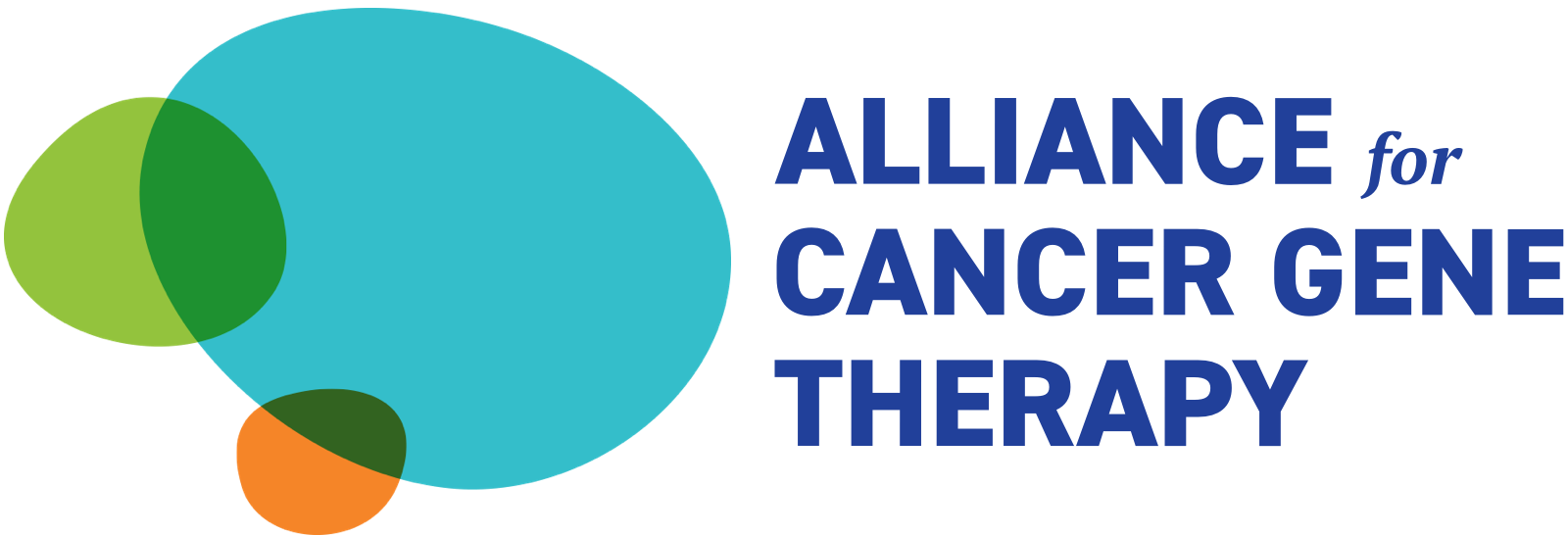Alexander H. Stegh, PhD

Northwestern University
Year Funded:
2012
Focus:
Brain Cancer
Defining and targeting IDH1-dependent metabolic vulnerabilities in GBM.
Malignant brain cancers rank fourth in cancer deaths in the US and are second only to leukemia in children. Despite significant advances in neurosurgical techniques, radiation oncology, and numerous clinical trials, high-grade brain tumors, in particular Glioblastoma (GBM), remain incurable diseases. Understanding the molecular basis of the therapy refractoriness of GBM is one of the most important areas of glioma research.
In this proposal, we will define the role of a novel glioma oncoprotein, termed isocitrate dehydrogenase-1 (IDH1), in driving progression and therapy resistance of GBM. IDH1 is a critical enzyme of the citric acid cycle (CAC). The CAC is a master regulator of metabolism that controls cellular energy production, lipid biosynthesis and cytoprotective guard mechanisms counteracting therapy-induced tumor cell death. Building on our preliminary studies documenting robust overexpression of IDH1 in human GBM tumor specimens, and high-level induction of IDH1 by anti-glioma therapies, we will molecularly characterize the precise mechanism, by which IDH1 protects glioma cells from therapy-induced cell death using glioma cell and mouse models. To target IDH1 signaling in GBM, we will leverage these model systems and mechanistical knowledge to develop and preclinically characterize RNA interference RNAi-based nanomaterials. Here, we will generate RNAi-functionalized spherical nucleic acids (SNAs) that neutralize IDH1 expression in established gliomas. RNAi, the biological mechanism by which double-stranded RNA induces gene silencing by targeting complementary mRNA for degradation, was awarded a Nobel Prize in 2006. Early studies indicated that RNAi has the potential to silence expression of various cancer genes implicated in growth and cell death, and consequently has motivated myriad preclinical studies to assess the potential of RNAi as anti-cancer therapeutics. Due to the negative charge of the RNA backbone, however, siRNA oligonucleotides do not penetrate negatively charged membranes effectively, cannot silence gene expression robustly and persistently in tissue in vivo, exhibit rapid renal and hepatic clearance and degradation by nucleases, have significant cytotoxic side effects, trigger auto-immune responses, and cannot cross the blood-brain-barrier (BBB). In contrast, SNAs are able to transverse cellular membranes, do not require the use of toxic auxiliary reagents, and accumulate in cells and intracranial tumors very effectively. They also exhibit extraordinary stability in physiological environments, cross the BBB, are highly resistant to nuclease degradation, and thus, can move through biological fluids and avoid being destroyed as “foreign materials.” We propose to preclinically evaluate these IDH1-tageting nanoconjugates to provide a fundamentally novel treatment option of patients diagnosed with GBM and will aid in successfully implementing RNAi-based therapies into neuro-oncological practice.
Academic Profile
Read profileAlexander H. Stegh, PhD
Associate Professor of Neurology and Medicine
Robert H Lurie Medical Research Center
Room 6-109
303 E Superior
Chicago Illinois 60611



